|
*Fuzzy Photos and Unreliable Tasting Notes **Mobile version[1] Above: The serious side of my grandpa, Major Rogers of the REME[2] - read on for his more exotic leisure activities from lion fishing to extreme hi-fi (for the early 60s, anyway). Cecil Richard Rogers, 1899-1963? In the run up to Christmas 2023 we were reminiscing over dinner with now old friends, Joanna and Tim. Recalling the people we were today and our alternate selves when we'd left school. I was describing the pseud I'd been at uni almost 55 years previously. Half hippie, half callow poet; my grandpa's portly-short Harris Tweed jacket. Somehow the conversation took one of those turns as they so often do during comfortable company and in the aftermath of some decent wine. I started recalling the escapades of the original owner of the Harris Tweed number that to this day still exudes a faint niff of peat - it must be getting on for its centenary. The trigger was the term "portly-short", which I suppose is somewhat archaic these days but my grandpa wasn't very tall and was barrel-chested. So, before plunging into his escapades I shall finish off the jacket and my rôle in its notoriety. In my defence, after 4 years of highly-regulated boarding school, I and my colleagues needed to re-establish our personalities. Joanna and Tim nodded sympathetically as I recounted my own efforts. Shelley-ann (Shan) less so, although she has collaborated with me in unearthing the embarrassing artefacts, or at least those that remain extant. I needed to be a modern sixties visionary but my getup of the day owed a fair bit to my grandpa, Cecil, for he had been a bit of an adventurer from somewhere around 1914 until his untimely death in the early 60s. I also had some interesting artefacts from his legacy, which came my way more or less because the more deserving heirs upstream had no need of them. These included a pair of officers' field boots (knee-high polished tan leather), the aforementioned portly-short coat and a Viewmaster stereo camera, including all appropriate kit for cutting the film and assembling the final product for viewing. This rather trivial pre-introduction to Cecil, though, is more about Cecil's jacket and his boots. You see, I found it beguiling, if not even emblematic, to dress myself for an average day at uni in subtropical Durban in 1969-1970 sporting the following:
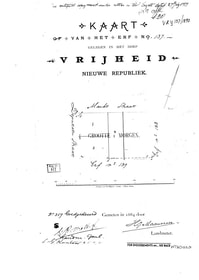 Above: The Harris Tweed garment still exists in 2024, complete with offending book of poetry Anyway that's enough about yours truly, the poseur, mentioned only in this text because it was the intro to recalling to Joanna and Tim the exploits Grandpa Cecil had got up to during the relatively short interval in the early 20th Century that he had grasped with such enthusiasm. "Your next blog must be a reminiscence of you grandpa's life," Joanna exclaimed. Thank you, dear friend, for the push. I hope I do it some justice ... or at least preserve the last remnants of a life terminated 60 years ago ... Cecil Richard Rogers allegedly came into this world in October 1899. Around that time, his parents, Elerington Bailey Rogers and Emily Elizabeth Rogers (née Horning) accumulated his 4 siblings. Not a lot is known about the very early days apart from the fact that they lived in Vryheid in what is now northern Kwa-Zulu Natal for some of that time. At 145 Mark Street in the town's centre in the time before South Africa was unified after the Boer War ... some time before the 27th of July 1909 when this copy was obtained from the registry office. My next virtual encounter with Grandpa was when he, like many others, lied about his age, dropped out of school and signed up for action as a despatch rider in the First World War (WW1). He would've been 15 or 16, He obviously survived his escapades in North Africa and urban myth has him establishing the first motorised postal service in Eswatini (then Swaziland), which, like Lesotho (then Basutoland), were never swept up into South Africa and remained independent kingdoms under the protection of the British Crown until 1966 (Lesotho) and 1968 (Eswatini). Whether this motorised service was motorcycle or van based will probably remain a mystery but it is certain the earlier mail would have been delivered on horseback or via runners with the fabled cleft or forked stick. Why might he have abandoned this service? We can only guess ... perhaps it was the advent of telegraph wires crossing the continent. We do know that by the time he married my grandmother, Beryl Elizabeth Foggitt, in the early to mid 1920s his occupation was the far more mundane position of clerk at what appears to have been a very large Pietermaritzburg service station. Above: (top) Would this be a company with its despatch riders?; A lone bike ... would it have been pictured from WW1 or perhaps in Swaziland?; (Bottom) Staff pic from the Pietermaritzburg service station: Cecil is in the second row from the front and second from left ... he doesn't look particularly portly or short here but all is relative and he was young at the time. I also suspect the chaps on either side of him were particularly diminutive. And Cecil's jacket buttons are straining! "Fishing" for lions and the interbellum. If the descent from despatch daredevil to a clerical position amongst the greasing pits seems a slippery slope, my grandpa was flexing his sense of adventure elsewhere, evidenced by photographic records of expeditions to "fish" for lions. I assume he was accompanied by friends in this endeavour and may well have been the photographer de jour. Above: Anecdotally, Grandpa and friends would deploy a heavy duty rod of some sorts with rope for line - a chunk of meat would be tied to one end and a bunch of adventurers would "play" the lion while photographs were taken by Cecil ... this pursuit could not have been without its dangers; in the first picture there are hyenas spectating from under a thorn tree who would no doubt have enjoyed a morsel of photographer given half a chance! If the early part of the interbellum period was spent sowing a few wild oats in the wake of the first horrendous world war, much of the latter part was spent breeding cannon fodder for the next cataclysm. Grandpa Cecil's marriage to Granny (she was always thus to we children, never Beryl) was accompanied by a steady focus on a career, first with the aforementioned service station where he ended up as the manager, a role he held when my Mum, Shirley Edith was born in 1927. (Actually she was originally christened Edith, which she hated so much her parents changed it to Shirley, which she hated almost as much). But his sights were set higher, both in his formal career and in his hobby as a pioneering photographer. He joined the engineering department at General Motors (GM), the South African subsidiary of which was based in Gqerberha (formerly Port Elizabeth) in the Eastern Cape province. Above: Beryl with her parents, Alice Lillian and Emanuel James Foggitt. It seems that Alice (née Lambert) had been a "remittance bride" from Norfolk in England. Photography. His early collection of photos, which I am lucky enough to look after, contains many interesting examples ranging from large positive slides (A3-ish) to numerous prints, some of them tiny (6x4 cm). The quality of the output is astonishing and difficult to convey in examples that are likely to be viewed on the media available to this blog. The Rogers spent a lot of time along the Cape's Garden Route, sometimes with Mum in tow and many others a-deux while Shirley Edith was enduring school terms. This nomadic existence led to her attending a formidable list of boarding schools. Most of these were in Pietermaritzburg, which had an astonishing number of girls' secondary schools in and around the city and which was a long way from Gqeberha. Consequently she would often spend school holidays with her aunt, Beryl's sister Dorothy, who lived on a farm close to Pietermaritzburg and who, serendipitously, had a daughter, Betty, and a son, Donavon, of similar ages. More of this at the end of the interbellum period. At this time it seems Grandpa's career afforded him the opportunity to travel extensively within South Africa and later around the globe. When in South Africa, the chariot would almost invariably be the latest Chevrolet. He claimed that he would have preferred to have one of the Opels in the range but he always seemed to be at the wheel of an increasingly enormous Chevrolet (Chev) as his career progressed. All the while he was taking photographs but I only came in to his life at the relative tail end of these endeavours so I don't know what equipment he used back then. I do know that latterly he was attracted to a sumptuous range of Leica equipment and still owned a Viewfinder Stereo Camera and all the accoutrements to present the results in 3D. Mum told me at the time of Grandpa's death that he'd wanted me to have all his photographic equipment. Unfortunately his second wife, Oswyth Charmion, had other ideas. Apparently she'd thought she might like to try photography for herself so hung on to the Leicas. She professed no interest in 3D, though (happily) and I still have that equipment to this day. Above: Grandpa Cecil's photographic subjects were a little eclectic. Motor vehicles in various guises featured heavily, as did landscapes. He also liked taking pictures of people. And then, of course, landscapes with cars and people; in the family beach scene my very young Mum and Granny Beryl are third and fourth from the left; then there are Mum and Granny looking over a parapet and then a selfie of Grandpa, himself, and Mum. Music and hifi (part one, thorns) As if the photography wasn't enough to occupy what, to most ordinary souls, constrained leisure time he had, Cecil also became obsessed with classical music. Not only the music itself but also the premium equipment required to transport symphonies and operas from the concert hall to one's own home. No gramophone was pure or precise enough so he built his own. Over the decades every component from stylus to loudspeaker was best in class and put together in systems designed and built by the man himself. I know this all too well because after Mum married Dad (Woody) we inherited the cast-off Leaks and Wharfedales, the latter in bespoke cabinets, metres long, that could only be mounted in the ceiling. This journey for me started with tales of sourcing styli from a specific type of thorn tree that was, happily, to be found in South Africa. Not for Cecil the steel pins that were too coarse for the delicate vinyl containing his favourite Beethoven or Verdi albums and, in any event, didn't produce the high fidelity he and his assembled mates in the local cognoscenti demanded. A continuous supply of these hifi thorns was essential as each one had to be discarded after a single spin of the long-player (LP) of the moment. Expeditions to some secret locations in the Cape were all part of the frisson for this epicurean group of what I can only assume were blokes. Separate components I can remember included a turntable (top of the range Garrard), pickup arm, stylus arrangement, pre-amp, valve amplifier, treble and mid-range speakers, gigantic bass woofers and all the circuitry and cabinetry required to distribute the musical signals and house the components. And, yes, the cabinetry was bespoke Georgian-styled mahogany, finely crafted to engineering tolerances by Grandpa himself in his own workshop at home. And during all of this time he was working his way up the General Motors ladder . Above: and cars started looking a bit more like the one on the left and lorries like the one on the right. It was the end of the interbellum. World War 2 (WW2) And so Cecil was going to war again I wish I'd had the opportunity to interview him when I was aged 12 and he was about to leave the planet for good. I might have made a hash of it but it may have filled in some vital gaps. As I didn't, the period from 1939-1945 relies on recalled anecdotes. I take some comfort from the fact that these don't seem to be contradicted by the wealth of photographic evidence I am gradually unearthing in my 70s. I could possibly have spent 10 years researching the story vigorously but my writing background is journalism and we tend to lack the patience when a good enough story presents itself. And so what evidence I do have shows that Cecil ended up running a GM factory in Nairobi supporting the fleet of vehicles needed to prosecute the war in North Africa. He and Beryl decamped from South Africa leaving Mum still at school and in the care of Beryl's sister, Dorothy (Dolly). The many pictures I have of Cecil show him as a Major in the Corps of Royal Electrical and Mechanical Engineers (REME). It is also plain to see from the photos (substantiated by my mother) that Beryl accompanied him. The first picture below has them neatly positioned fore and aft in this endeavour. Above: Cecil and Beryl and their Nairobi endeavours, starting with the team shot with Grandpa on our right of the back row with Granny in front of him; then she knuckles down on the machines while he tours Africa, right to the centre, in trucks with his mates and at the iconic Zimbabwe ruins in what was then Rhodesia; and all the while leaving Mum back in SA parentless for years - the last pic shows her in the middle with two horses flanked by a friend, Beryl Mail, on the left and cousin Betty on the right. It looks as if Grandpa had a more diverting time of it running the show and charging around Africa in the process than Granny did manning the machines daily. There is an anecdote that could only have come from her that goes like this: She was billeted with a wealthy Nairobi family in their mansion but with nothing to do in what leisure time she had. Perhaps her hosts were off at the Muthaiga Club where 1940s shenanigans are amply covered in White Mischief[4] an exposé of the activities of the idle rich in 1940s Nairobi. I do hope and believe that my Granny was never drawn into the seamier side of Kenyan shenanigans ... she wouldn't've been in their league for starters. Anyway Beryl was so unaccustomed to being waited upon hand and foot, in the kind of splendid isolation that can only be exacerbated by over-attentive servants, that one afternoon she decided that climbing a large tree in the expansive garden might provide a momentary diversion. No sooner had she reached some modestly challenging boughs than a white-uniformed servant came rushing out of the house bearing a ladder and exhorting her to use it to climb down to safety. A family tragedy Dolly, Beryl's sister and my Mum's surrogate Mum during the war years, who went on to play a big part in all our lives in later years, can be found in many of Cecil's photos. She shared Granny and Grandpa's road trips in the 40s and 50s and had two children of her own, Donavon and Betty. Donavon seems to have been the only member of our close family to have been killed during the Second World War. I remember, as a small boy while visiting during school holidays (much as Mum had done while her own parents were away at war), being deeply affected by a picture of him in pride of place in the McCullough farmhouse. Above: Donavon McCullough was killed in WW2; his mother and my grandmother were the sisters Foggitt in the white bonnets with their father, Emanuel Foggitt above; Emanuel Foggitt, Dolly and Uncle Bert McCullough are depicted with Betty and Donavon on the bottom left. My thread peters out for Cecil and Beryl in 1943 when the Axis forces were driven out of Africa. I know my own Dad continued into Italy, had various exploits there and then ended up in officer training in Pretoria during the second half of 1945. After WW2 It must have been quite difficult for Grandpa to settle back into civilian life after the role he'd played in the war but he remained with General Motors and continued to rise up through the ranks, worldwide business travel competing with his extramural activities in photography and music. He assembled a formidable home-workshop with industrial-grade machine tools, which I know about because he passed them on to Dad when he died. I will go into a little of the output from his cabinet-making activities to round off this story but first an example of the type of memories that made me adore him when I was a child. I must have been pretty young when I developed a facial tic, a continuous blink that drove my parents mad. Grandpa arrived on a business trip to Durban, where we had settled. He was probably just as irritated as my parents were with my daytime rapid eye movement. He took me aside and asked something like: "What would you most like for your birthday?" I had coveted something that was a bit of a rarity in those days ... a pencil sharpener built into a globe depicting the world. It was a small thing but my nemesis a fellow kindergarten boy had one and flaunted it at me daily. "Well, you see if you can stop your blinking and I'll see what I can do about that globe," Grandpa said. He arrived on my birthday, something he wasn't able to do that often. He had driven to Durban this time in a simply enormous Chevrolet that had a massive boot (or trunk in American parlance). This was in the mid-fifties when Chevs had extraordinarily ostentatious rear ends that could have easily accommodated more than one adult. Grandpa greeted me on arrival: "how's the blinking going," he asked me discreetly. I eyed him steadily and he beckoned for me to accompany him to the Chev. By this stage of his life he had become a tad more portly and, as is inevitable with all of us his height may have diminished by an inch or two, he popped the trunk and there in the furthest corner was a small package. "I keep this for emergencies," he winked reaching into the chasm closest to us and producing a walking stick. After a bit of effort he managed to fish the package towards us. There was some glee on his face as he handed it to me: "It's yours, young man, you've earned it." I don't need to explain what the package contained. Cecil in the glory years of his career By all accounts Grandpa did not suffer procrastination during his executive years. He enthusiastically embraced the marketing (sharp) end of GM's activities, underpinned by his solid engineering knowledge and skills. For a while he even moved away from his beloved cars to focus on stuff like fridges for a while. Above: Cecil at his desk in latter years; posing with fridges But his last years at GM just showed what an ornery fellow he could be ... extravagant gestures for their own sake were meaningless but solid gestures that meant something to him were to be cherished. At the same time Beryl developed cancer, which ultimately led to an untimely death not too many years before his retirement, which was in 1957. Whether his wife's passing influenced his abandoning paid work at that time is probably anyone's guess almost 70 years later but what had been a life's work making things became a hobby with a vengeance. But his career would certainly not go unnoticed. At some point some months before his departure in August 1957 Grandpa was asked about some detail of the gold Rolex that would be traditional for a man of stature in the company. He'd spent more than 25 years of service with GM, not to mention the responsibilities he'd risen to in North Africa in the early 1940s.. But he didn't want a gold Rolex, arguing that he still had a perfectly good steel Omega that had given him flawless service for decades. I know about this Omega because I inherited it only for it to be stolen in a house burglary in Durban in the 1980s. I had received it relatively recently from my own Dad who'd appropriated it on the grounds that I was too young to own such a fine machinery. He'd then promptly lost it in Zimbabwe on a hunting expedition and then found it in the turn-ups of his khaki trousers weeks later. "It's too expensive," Cecil argued. "But we have to give you something," his colleagues counter-argued "I'd love a grandfather clock," he responded and, having done his homework (typical), added, "it would be much cheaper than a Rolex." His colleagues relented and sourced a beautiful antique full height clock. They were left with a final dilemma: how to present such a bulky item to Cecil on his retirement day? The result can be seen below at the presentation from GM's head honcho on the 1st of August 1957 ... Above: Retirement day and the grandfather clock lies between Cecil and the CEO[5]. Sadly it is wrapped hiding the fact that an exact replica hides within. This work of art had been lovingly re-created in miniature by the GM engineers, of the original article that had to be delivered to the Rogers' home in a proper delivery truck[6]. No longer employed and without the company of his wife and companion of 30 years, Grandpa started to make plans to return to the ramshackle home he still owned on the outskirts of Pietermaritzburg in Kwa Zulu Natal. This was a major logistical challenge because his extensive workshop machinery and assorted bric-a-brac (exotic timbers, bits of cars and motorbikes to be restored etc.) had to be transported the 900 km from Gqeberha/PE. He also had to make extensive restorations and extensions which in his inimitable fashion required him to build an exact scale model of the to-be-finished abode. This model was joined together with hidden dowelling so that it could be pulled apart and restored time and again to demonstrate some detail or another to the craftsmen performing the restoration. I am very familiar with this model as it ended up in my toy collection after it had served its purpose. Blackridge, Pietermaritzburg Pietermaritzburg seems have been a magnet for Cecil. He may well have been born there, although I'm finding it (sans Shirley) a little difficult to validate early years, but it was definitely his home address when Mum was born in 1927 (I have the certificate). Grandpa married Oswyth (a.k.a. Charmion) around the time he settled back into the house in Blackridge. He also received visits from his dear friends in Gqeberha, which seemed to egg him on in indulging in various engineering flights of fantasy. Music and hifi (part two, stereo plus luxury listening environment) Cecil's latest hi-fi tech had long since evolved from the days of thorn styli and he had been at the bleeding edge of mono sound until he discovered stereo. My parents had sort of followed on behind him and had a reasonable collection of mono vinyl covering classical symphonies and concertos with a smattering of operetta and the folk music de jour. Cecil had suddenly embraced stereo and we inherited all the high end mono kit, which continued playing classical classics. Until, that is, Dad eventually discovered stereo and a compact system with good but minuscule speakers. Good sound technically but no musical depth. Luckily I inherited the vast speaker cabinets, amplifier and turntable and secreted them in the annex at the end of our house. My only concession had to be to acquire a stereo cartridge, adapt the pickup arm and the output for weight and channel combination and secrete the vast speaker cabinets (smallish for treble graduating to a 2-metre bass woofing assembly) into my modest abode for the full concert hall experience. And so, in its 3rd generation, Cecil's original kit progressed from Brahms to Beefheart and from Handel to Hendrix. Many years before that occurred Grandpa had been press-ganging his mates into the latest generation of hi-fi. First of all there was the impeccable vintage vinyl collection that he had collected. Then there were the incidental associated equipment and accoutrements that made listening to music as near to perfect as a live concert. But first a few last pictures ... Above: Formal picnics on road trips were a constant feature and often included a friend or relation or two ... most of the road trips seemed to take place in the Cape but they clearly also extended to the Drakensberg ... scene here at Cathedral Peak; at Cecil's wedding to Oswyth Charmion; part of the viewfinder collection that ended up in my hands; the style of Morris chair that was widespread in the 1950s and 60s; an oil painting of Grandpa, that is still in my care today, by one of his mates, probably painted while collaborating on engineering and music appreciation projects.
A couple of vignettes What we have to accept is that Cecil never did anything by halves. He was an engineer at heart and his hobby was cabinet making of the very highest quality. I wish I had some photographs of his output. First there was the Morris Chair[7] with a difference. It broadly followed the style of the one in the picture above but literally with knobs on. The backrest adjustment was performed by electric motors and a discreet compartment under one of the hinged armrests, sympathetically styled to blend in, contained a tiny fridge for tonic and ice together with space for a glass and a decanter of gin. Under the other hinged armrest was a shelf for the books he was currently reading once settled comfortably in the chair with music on the latest stereo. The aforementioned music was contained on vinyl in a cabinet of generous proportions. But this was no ordinary cabinet. First of all it was modelled meticulously on an (probably Georgian) antique out of the finest pieces of South African hardwood. Grandpa used SA hardwood almost fanatically resorting only occasionally to South American mahogany. Of course all these things are protected these days but they were deemed the most environmentally friendly (or whatever the equivalent was) in the early 60s. Having selected the timber and the style of the cabinet, Grandpa still had a few more tricks up his sleeve. First of all, the "cabinet" had only false drawers on the exterior and actual access was via the top, although not visibly so. The magic was performed by an electric motor and a series of gears that lifted the actual display of more than 1,000 12-inch LPs to eye level while a selection was being made. The display then returned to its original position while the disc was carried to a turntable housed in its own cabinet where the grooves were translated into sound by the most delicate of pickup mechanisms, weighing only a few grams at the contact point. In this way Cecil's albums remained almost pristine. The display shelves containing the vinyl, as it turns out, weighed approximately the same as one of his generously proportioned greatest friends. This friend was coerced into riding up and down on the top of the cabinet while it was being tested and was not yet judged sufficiently robust to contain all those precious albums. Part of the technical challenge was that all moving parts were controlled via concealed switches which were accessed by specially machined probes via tiny holes drilled in the cabinet's exterior. So much so that after Cecil's death from a heart attack in his mid-60s, when Oswyth Charmion wished to dispose of the record collection, his large friend had to be summoned. He was the only other person who knew how to activate the mechanism. If I remember correctly, he would have had to be summoned from 900 Km away. Last word Thank you for bearing with me through this rather lengthy story. The memories are a little shaky and probably even a tad unreliable but then, hopefully, you knew that already because you have been reading my "Fuzzy Photos And Unreliable Tasting Notes" blog. Thanks to Grandpa Cecil for the memories and to Joanna for the encouragement to relate this tale before even more of it has been forgotten. [Endnotes]:
2 Comments
|
Mark Harrisonsee About tab for more detail about the author Archives
April 2024
Categories |

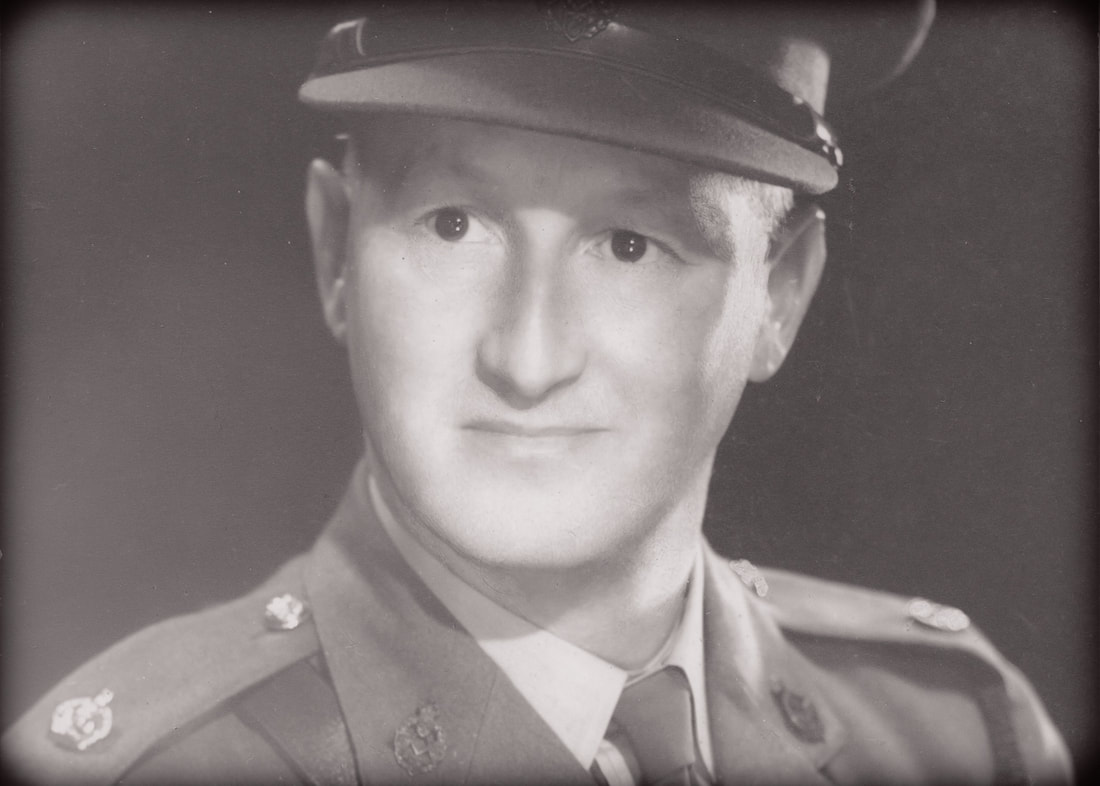
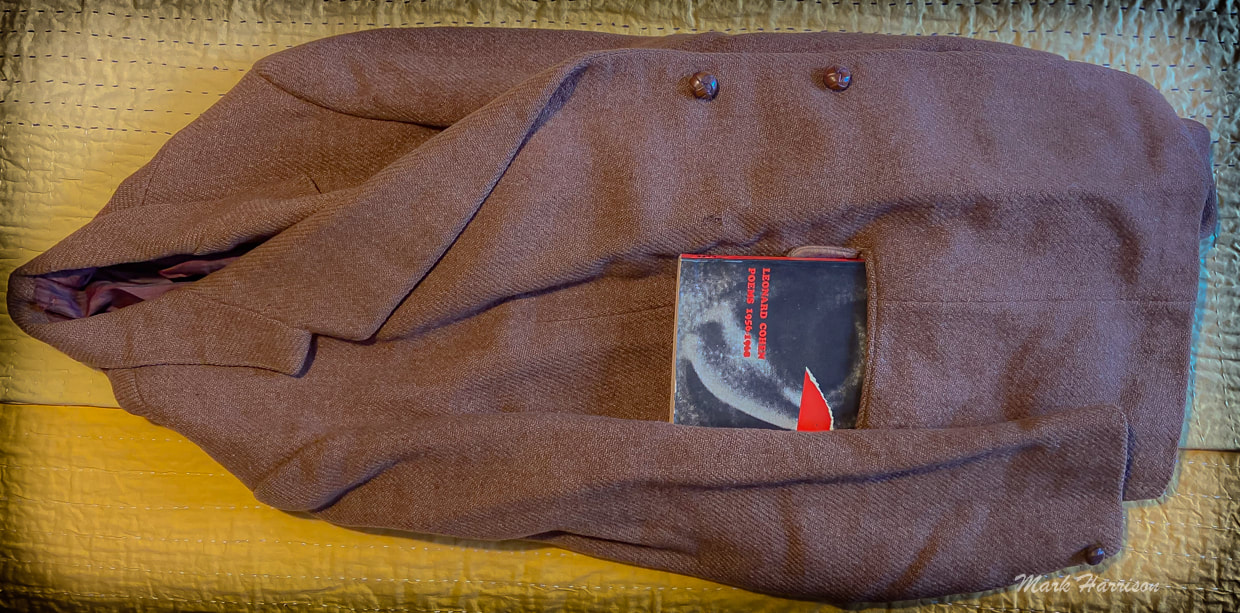
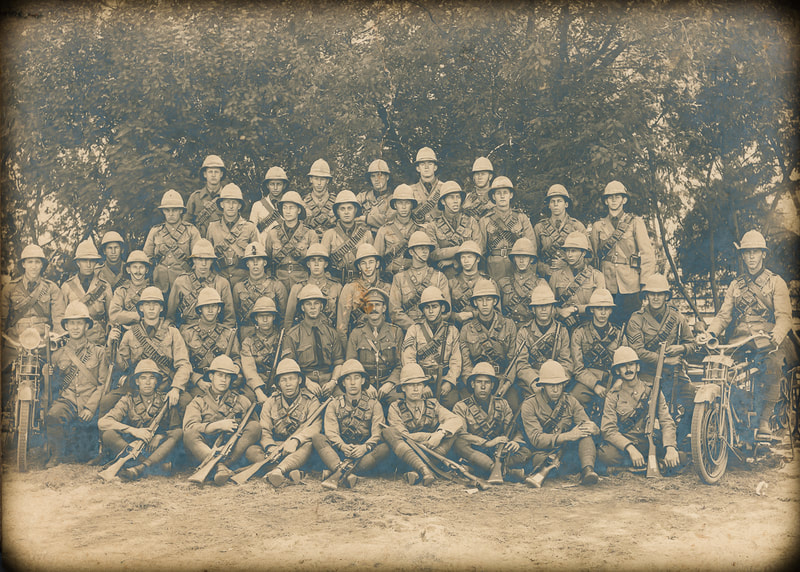
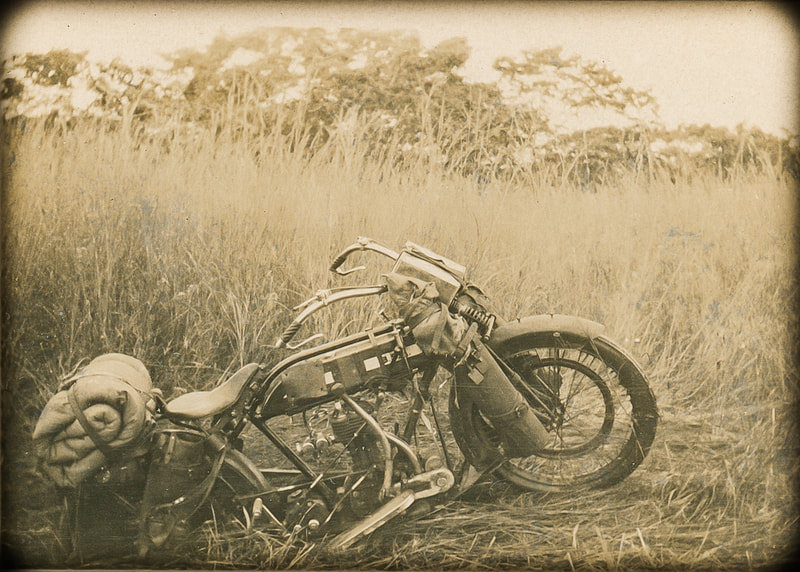
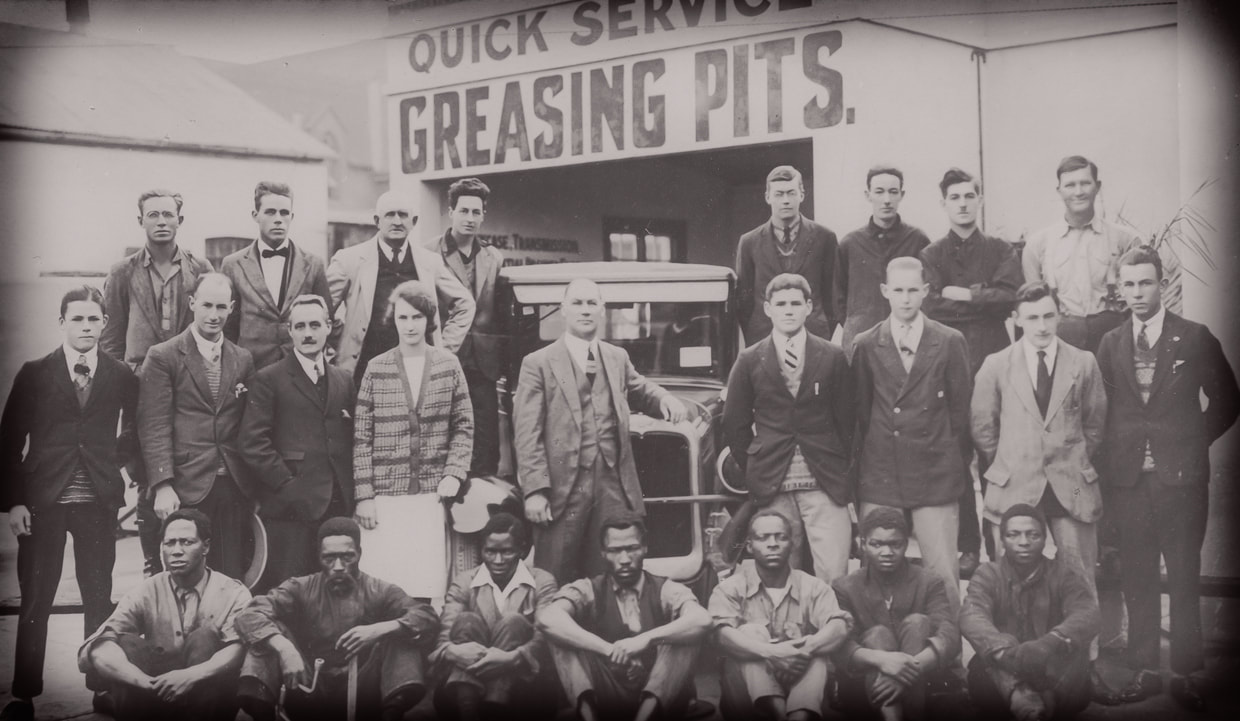
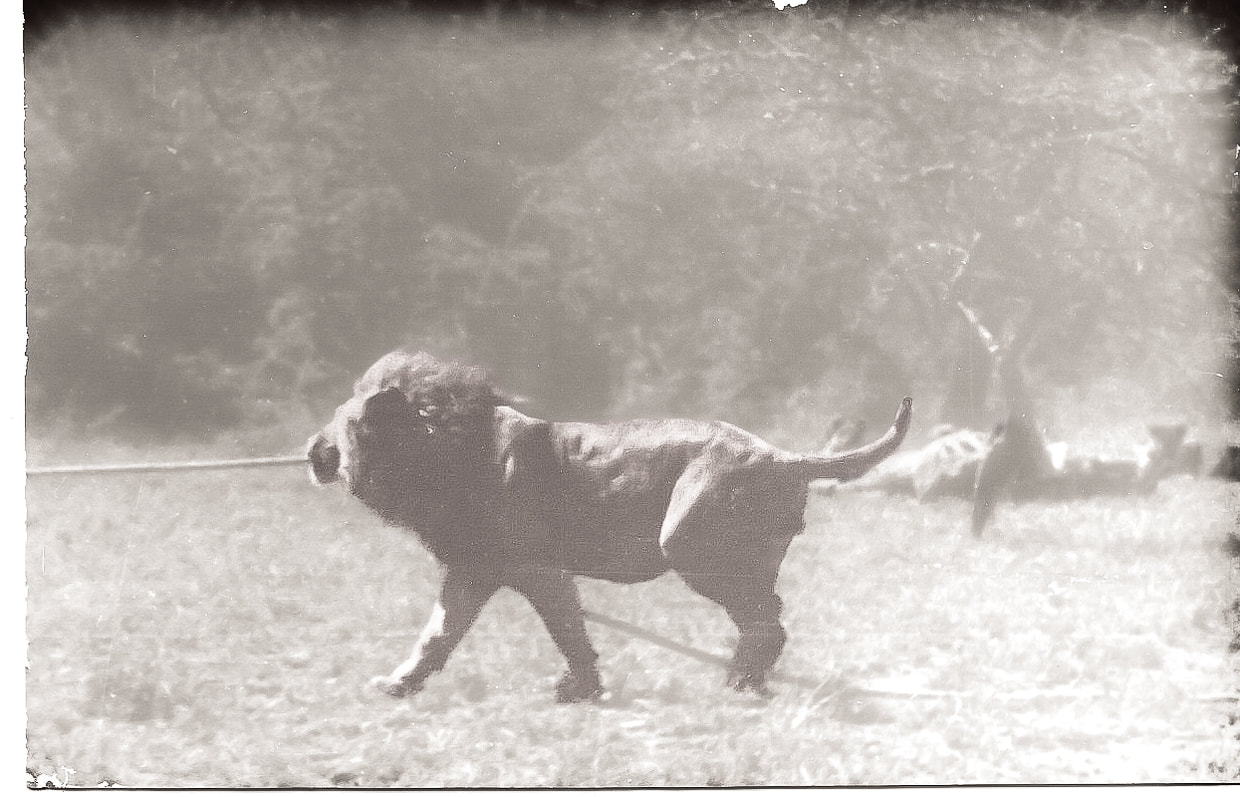
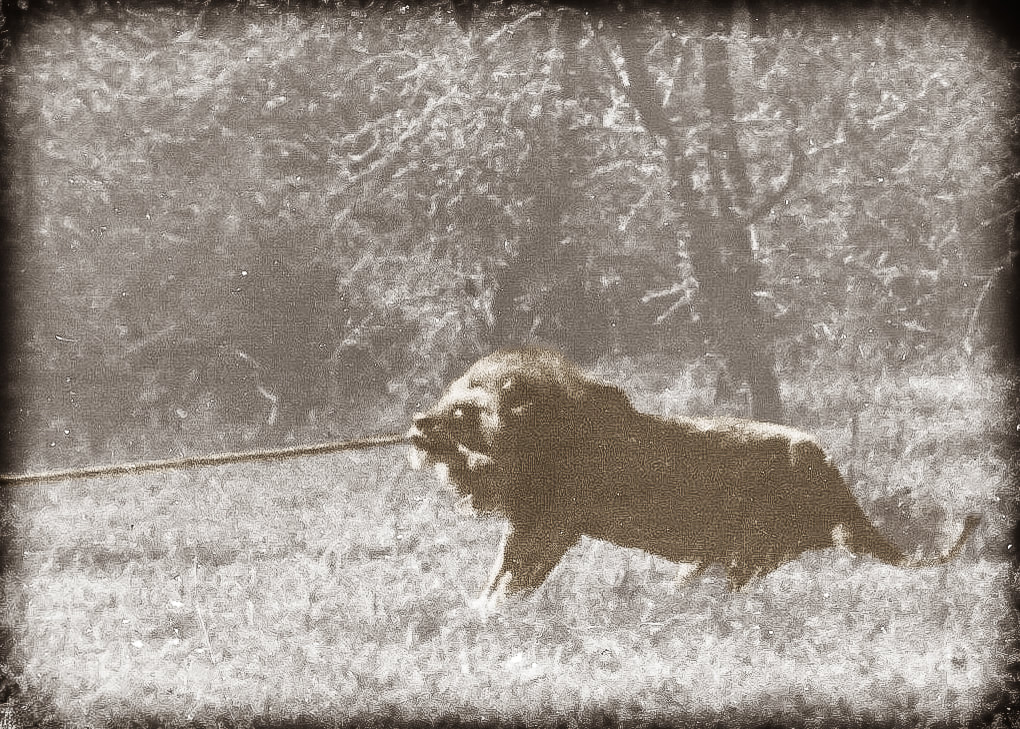
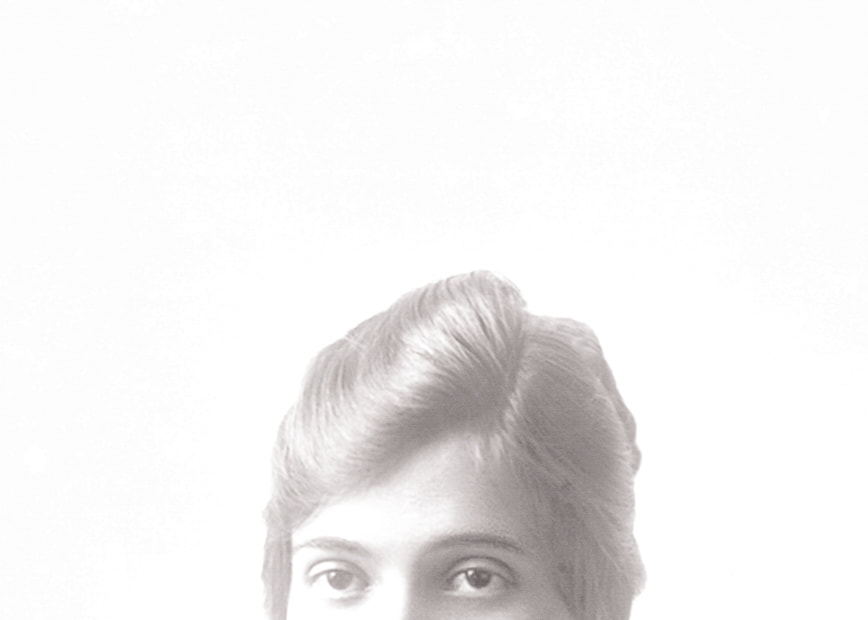
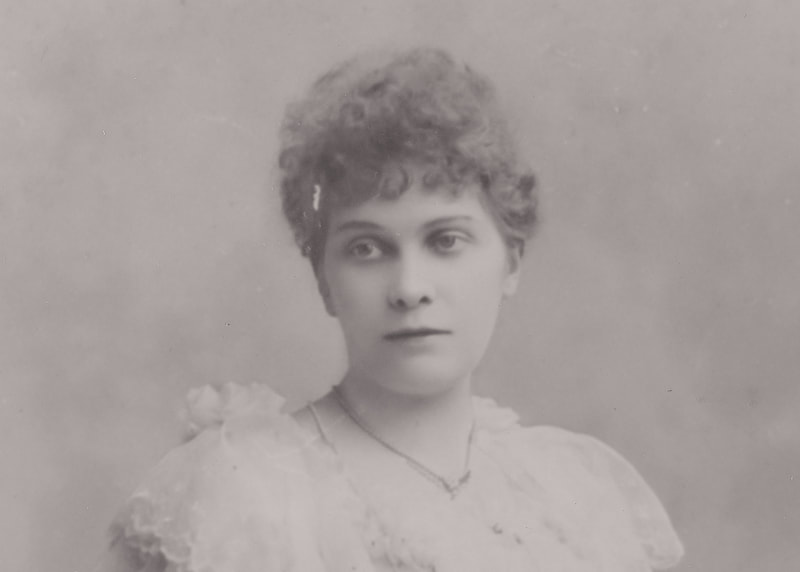
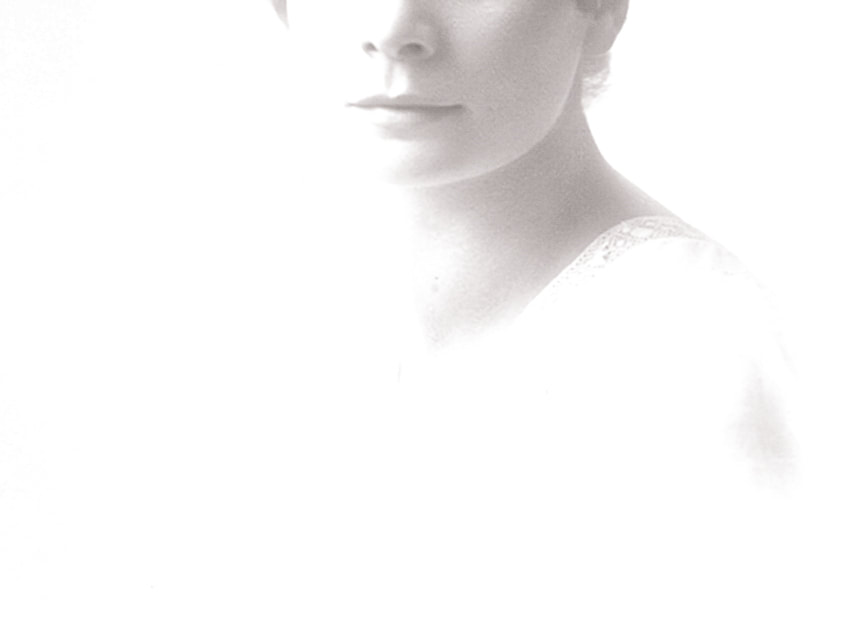
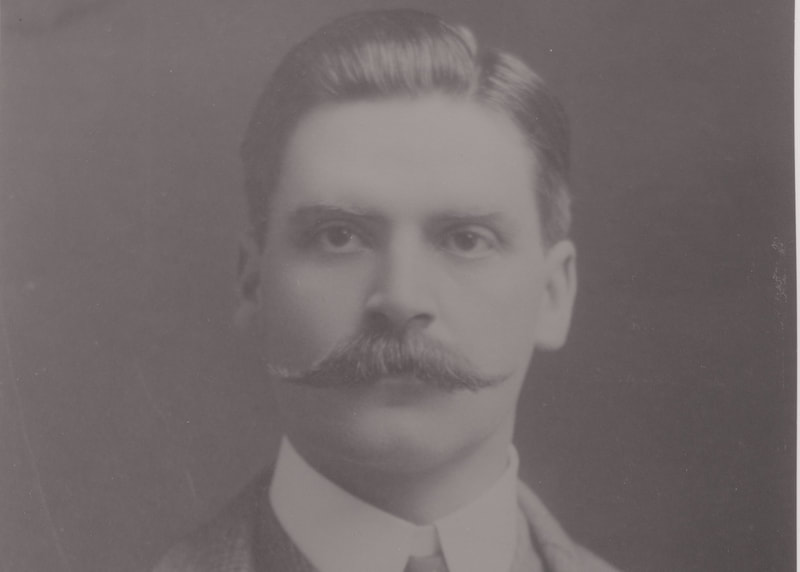
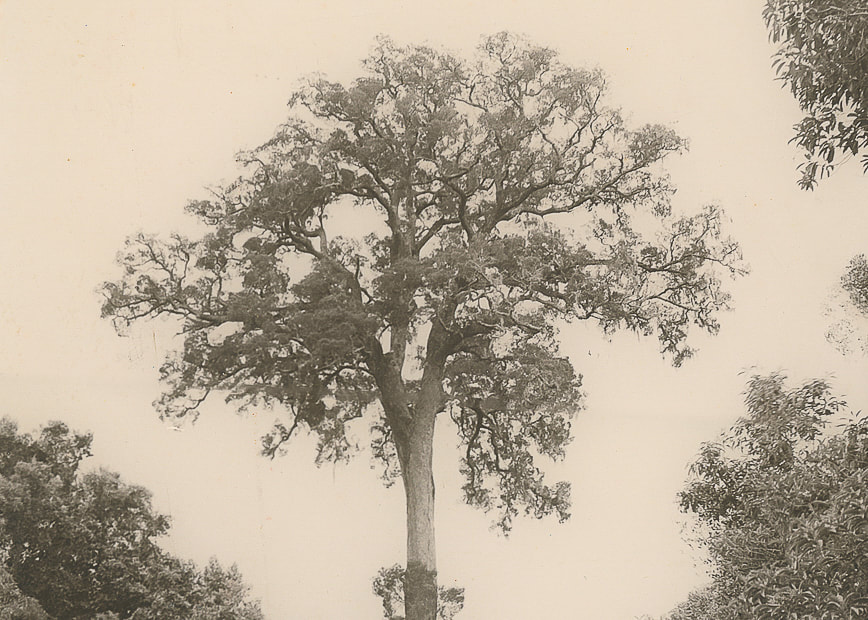
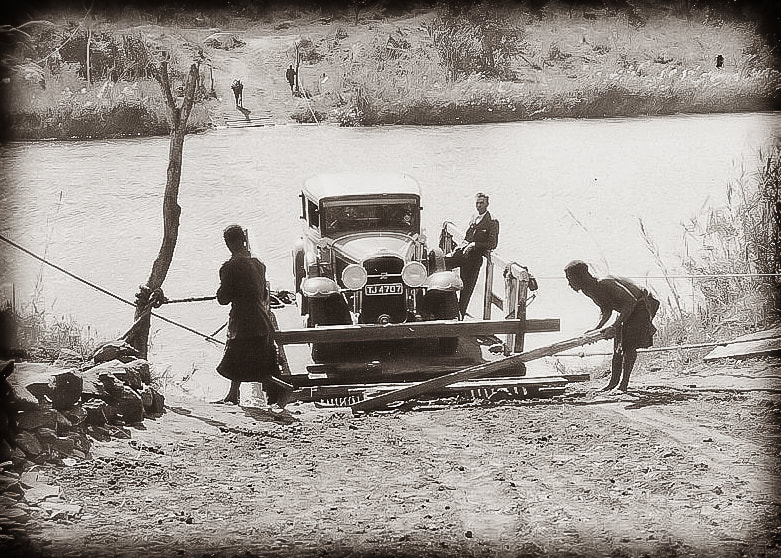
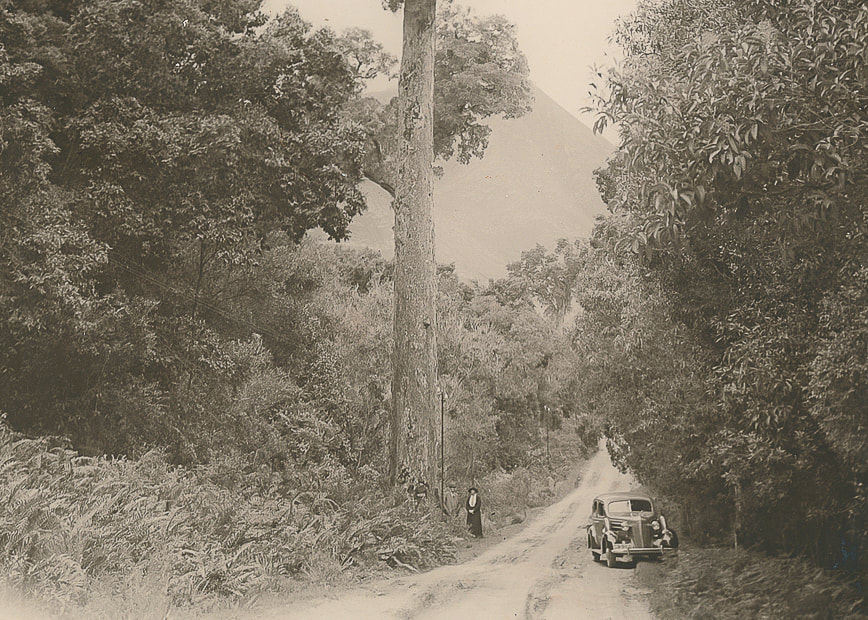
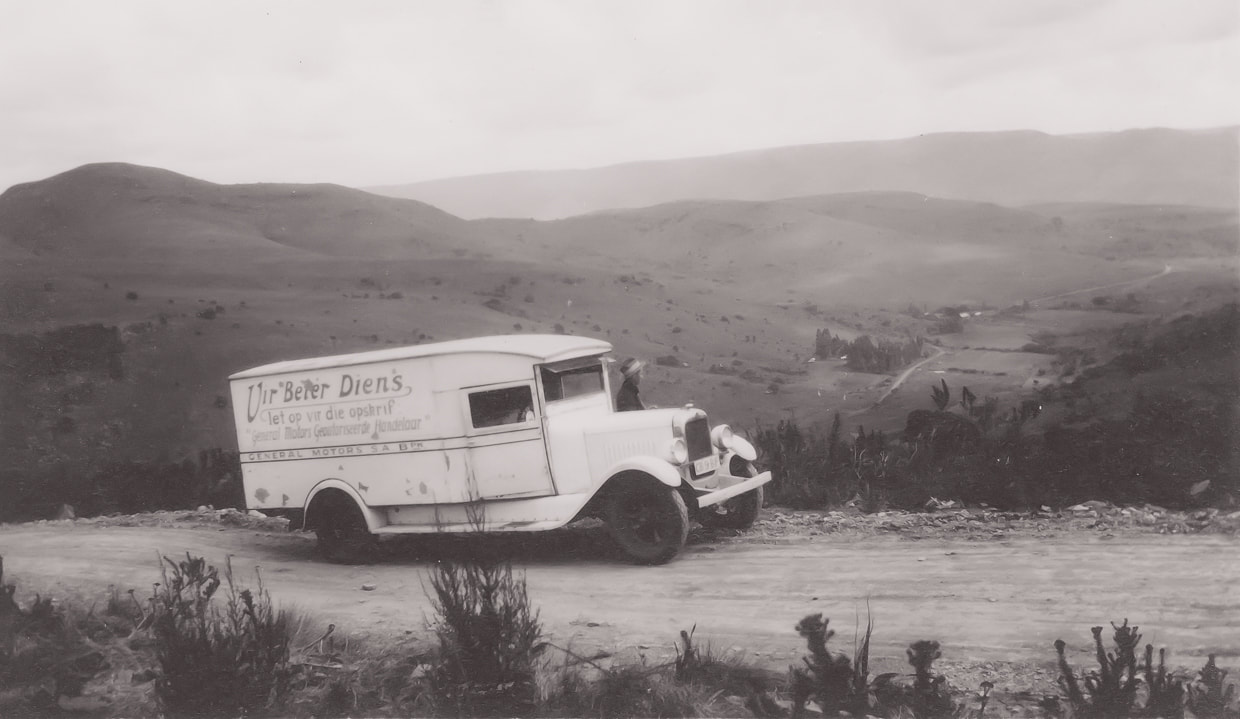
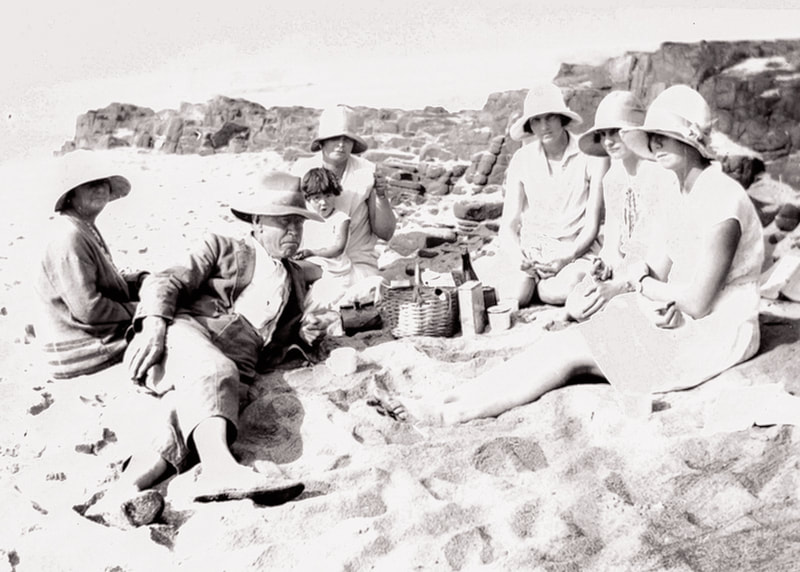
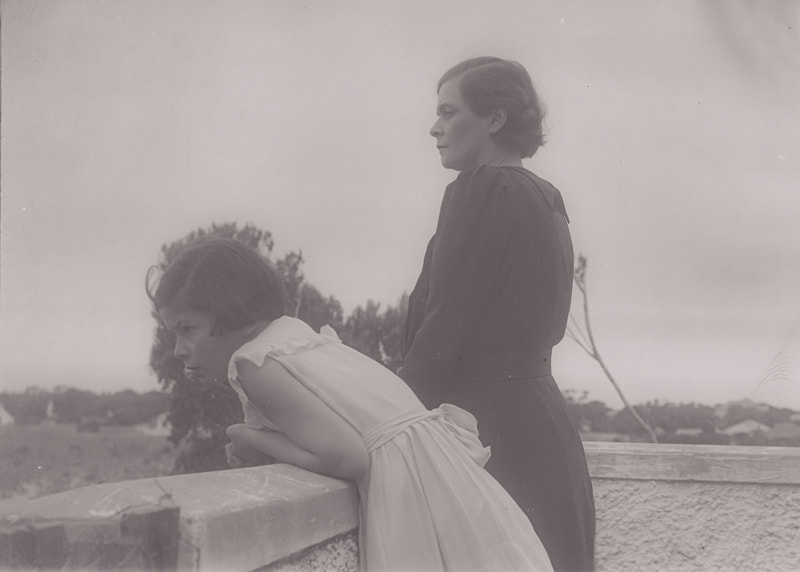
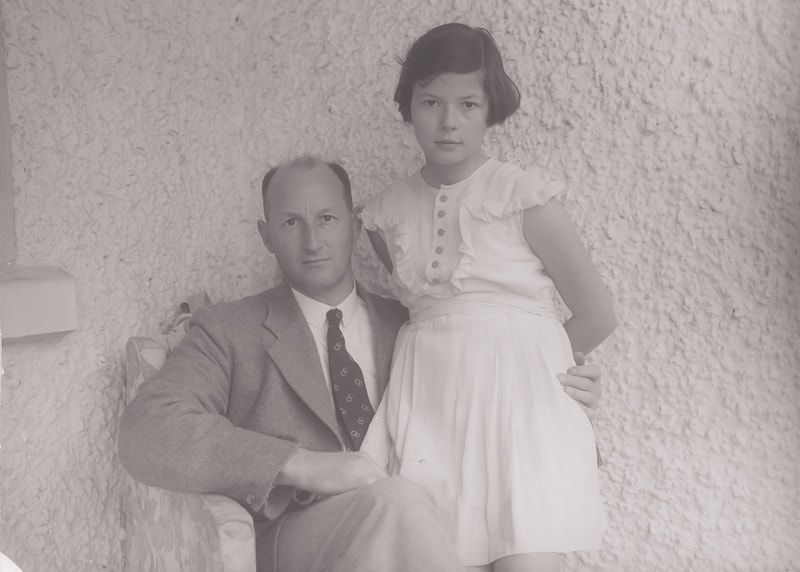
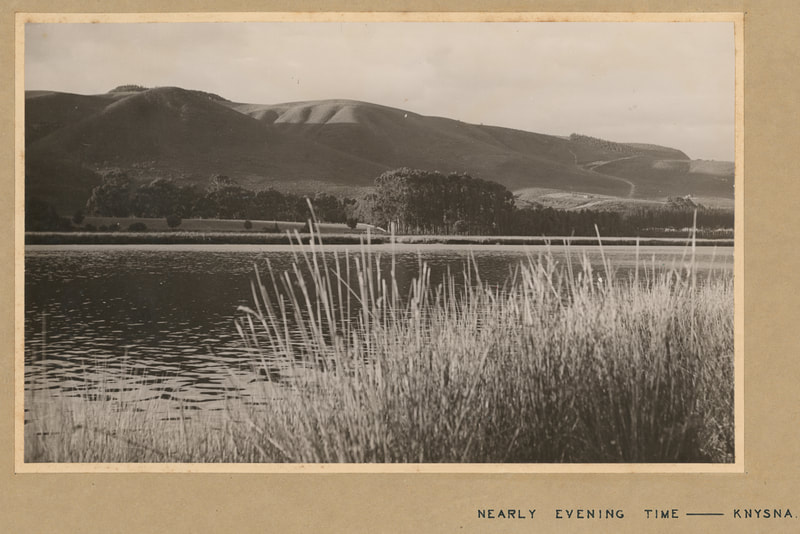
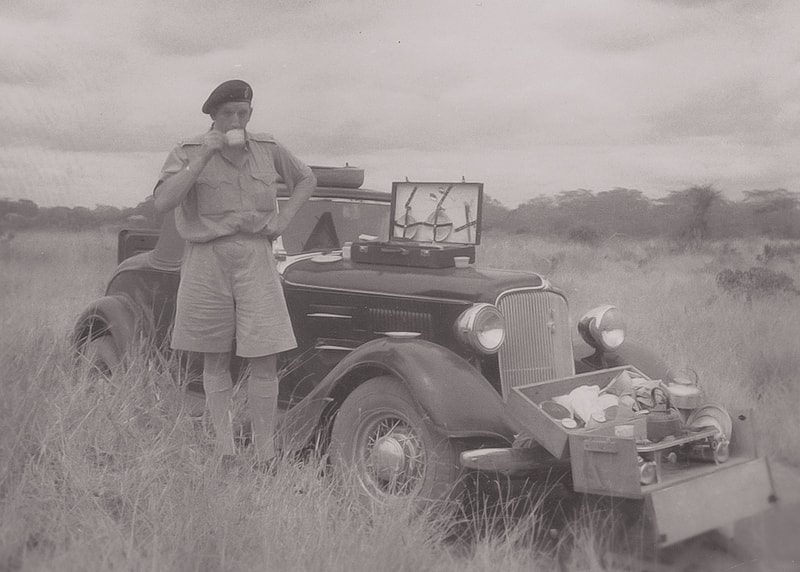
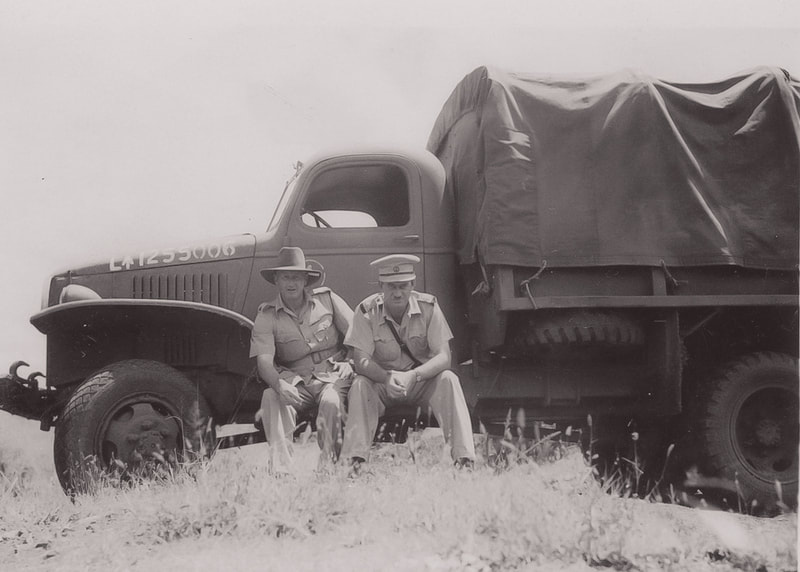
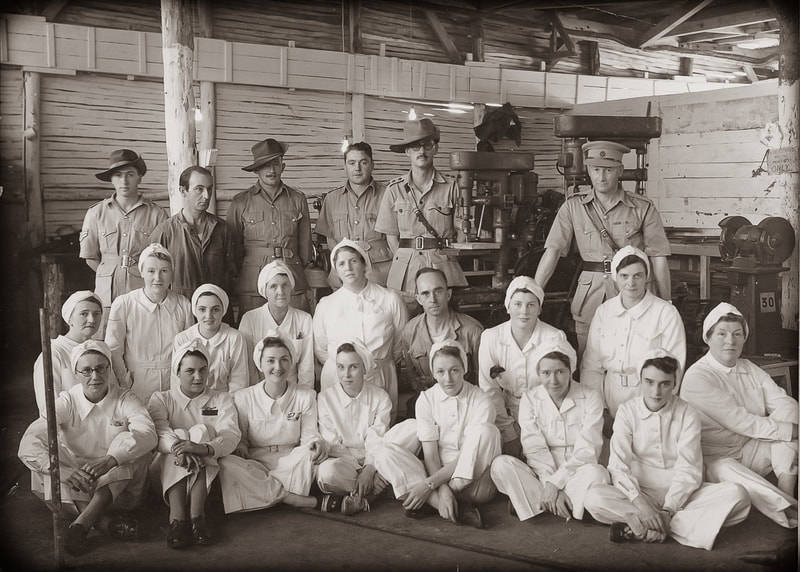
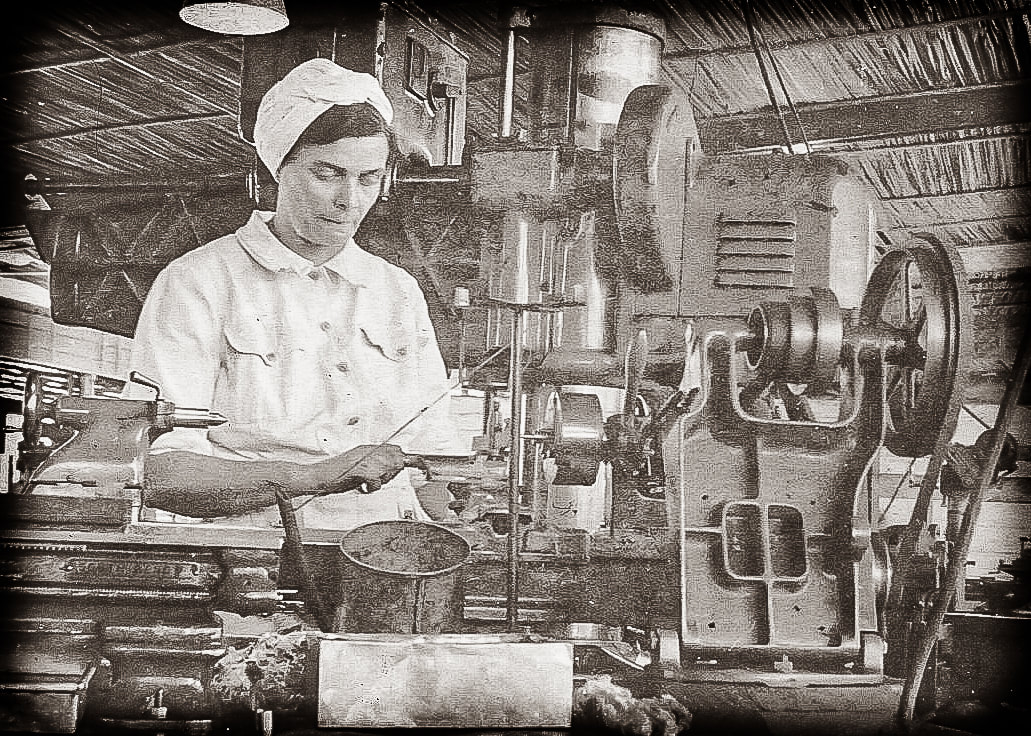
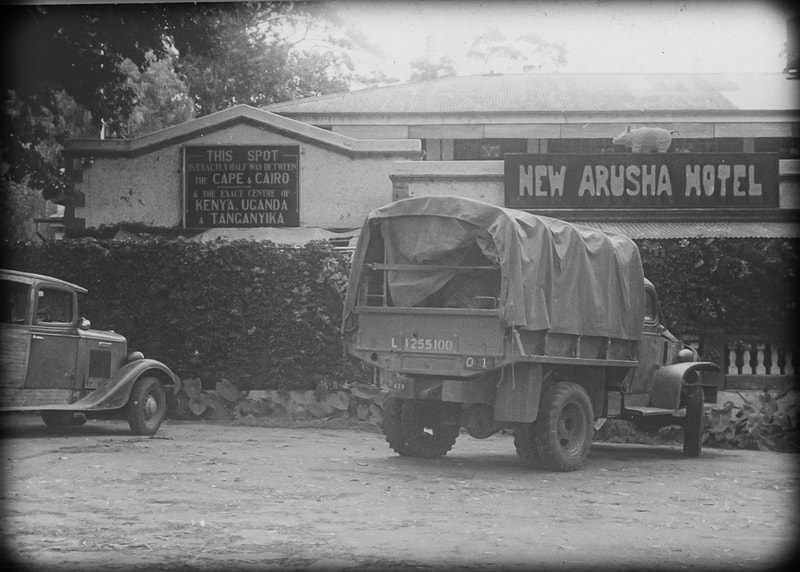
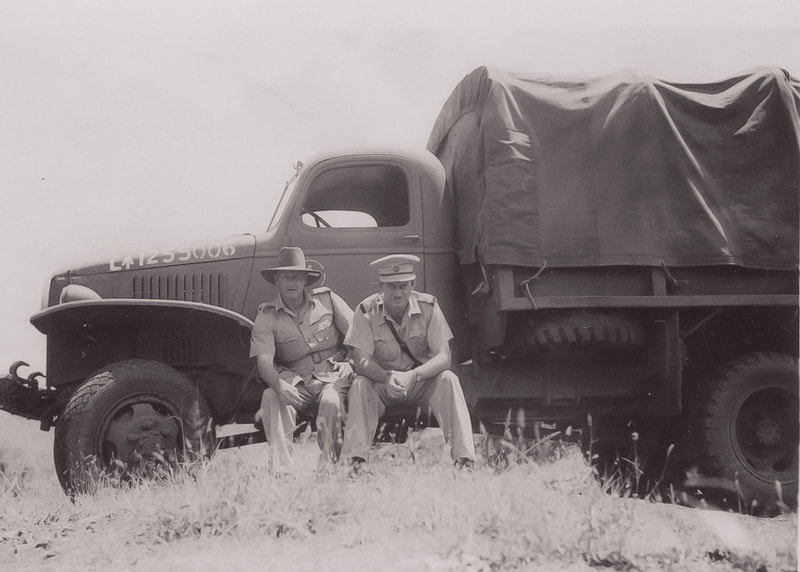
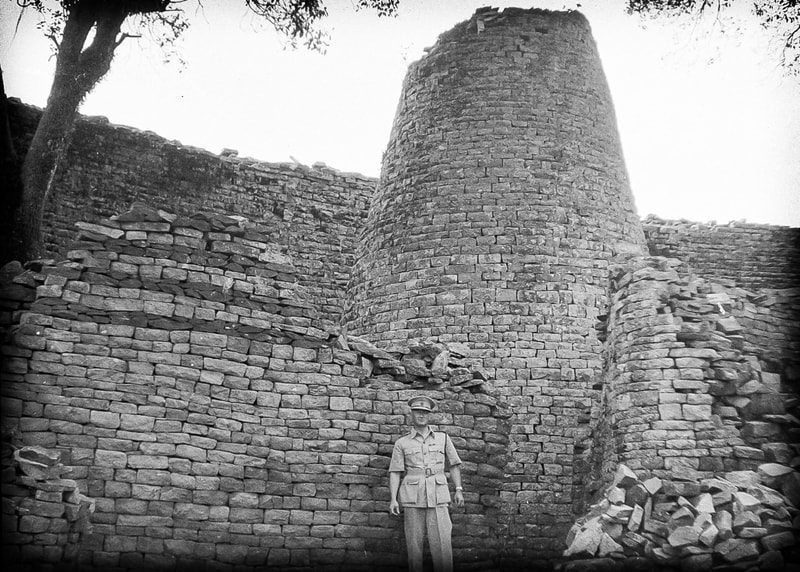
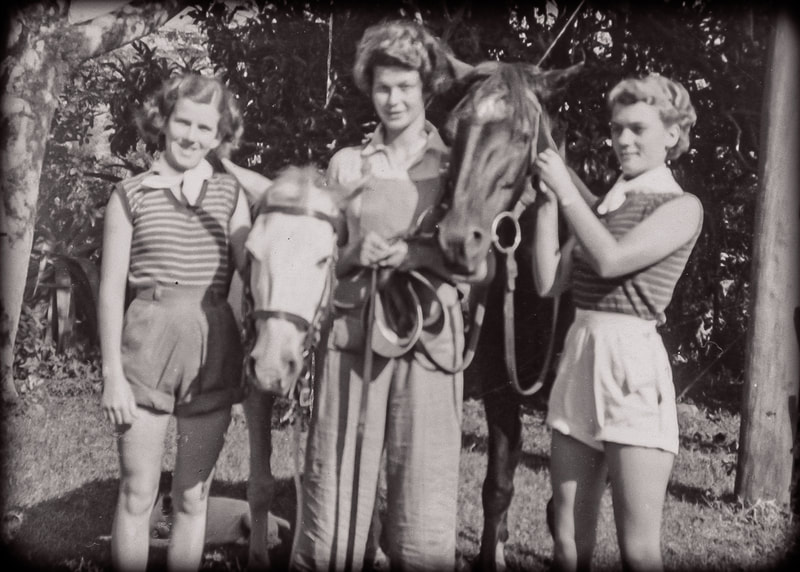
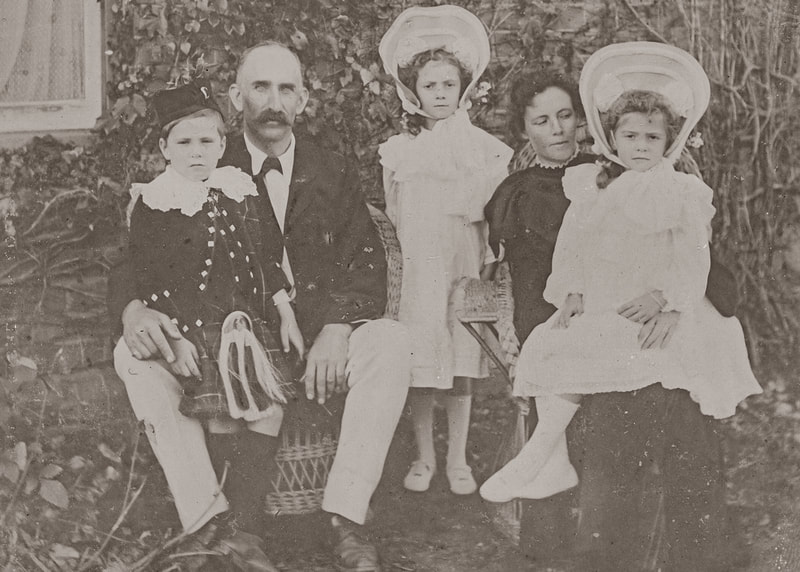
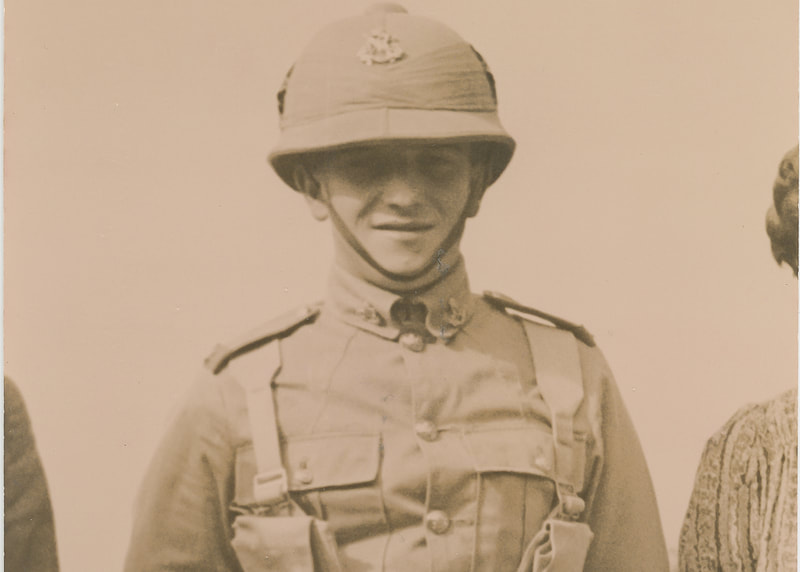
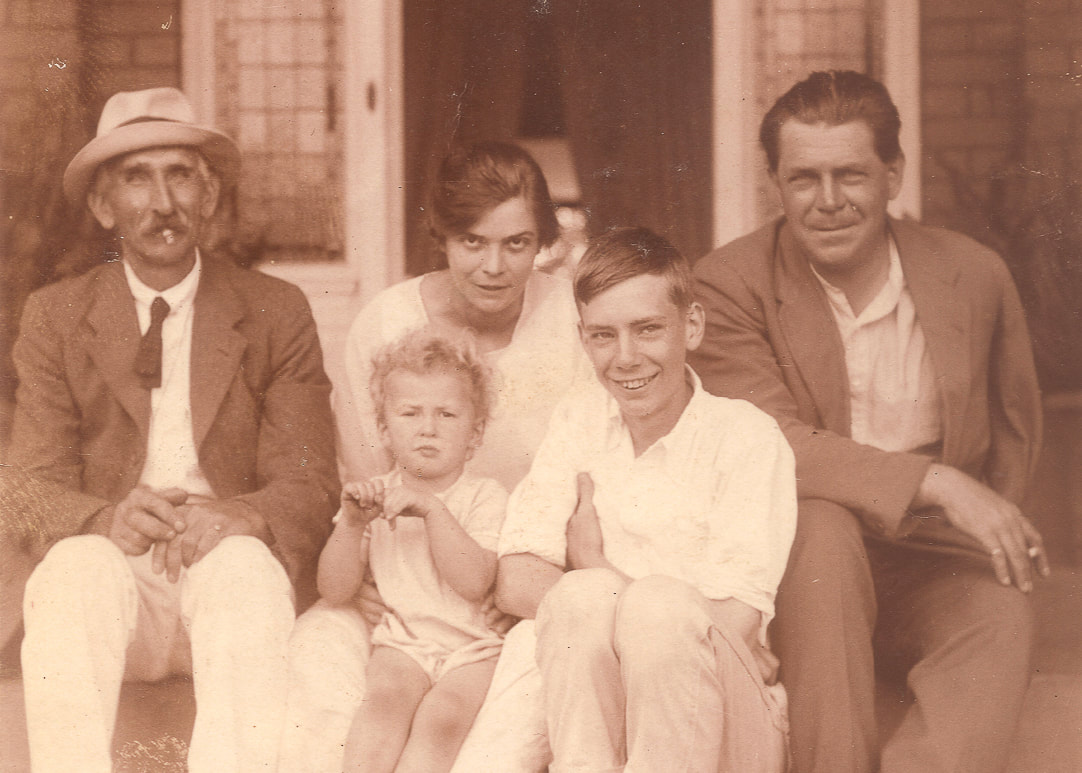
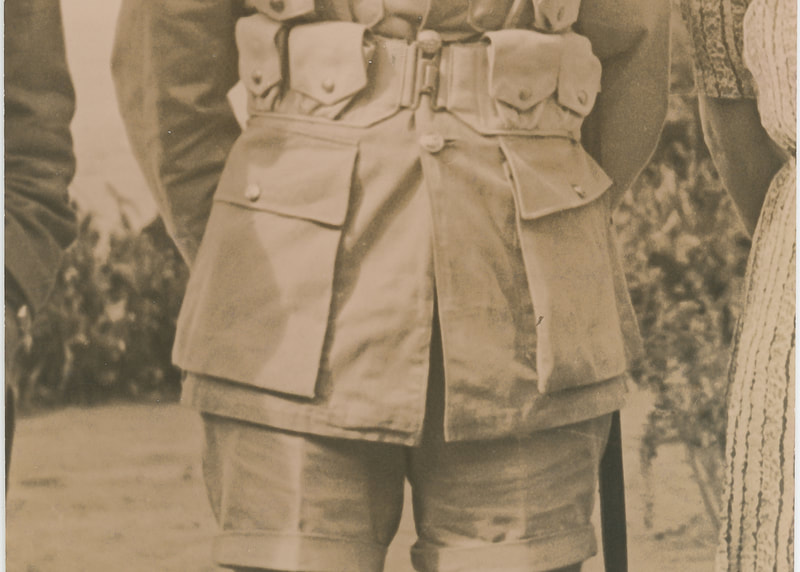
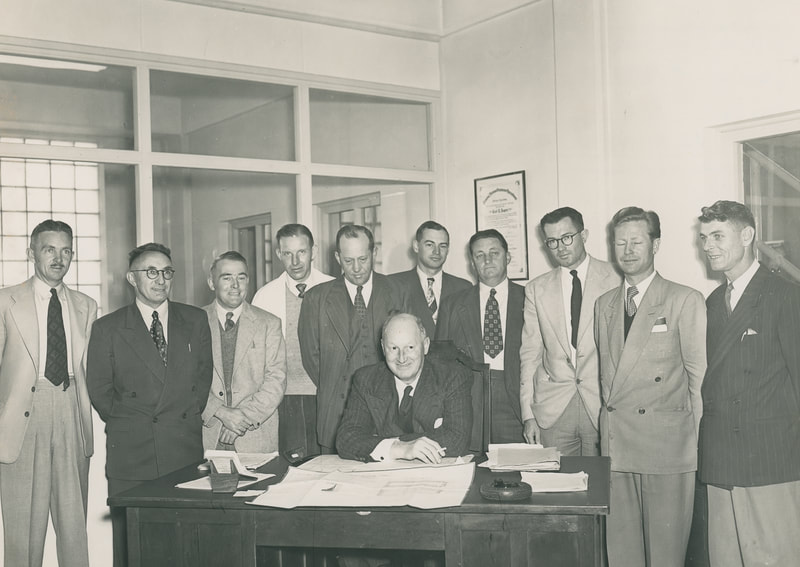
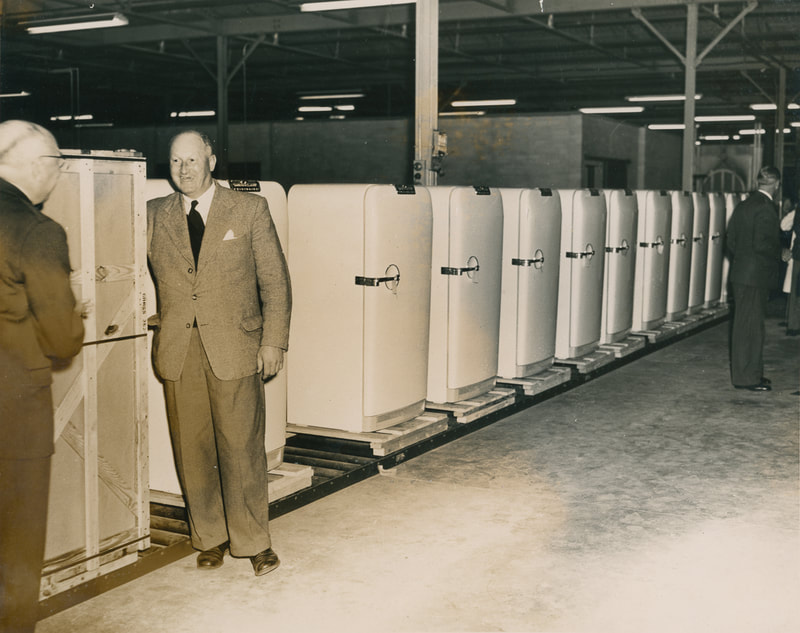
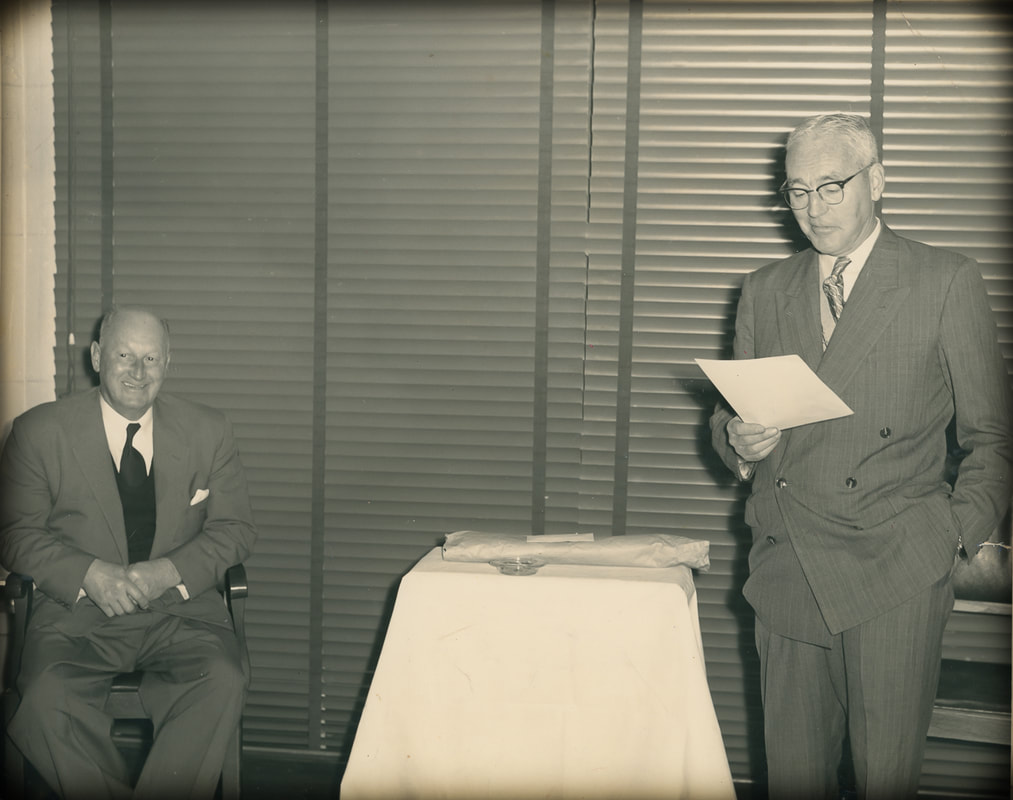
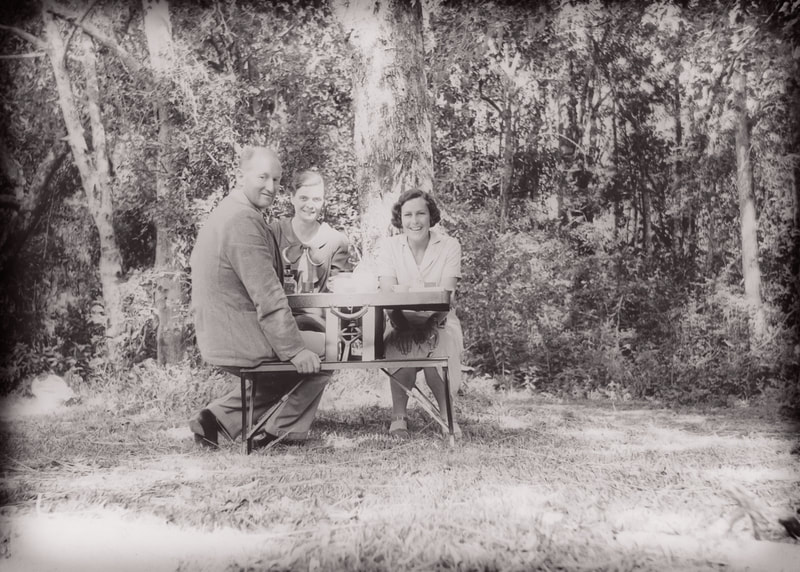
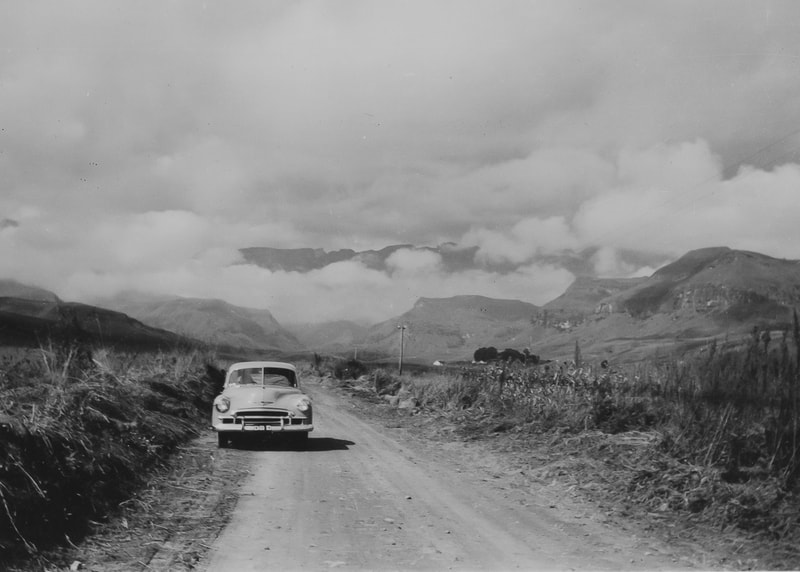
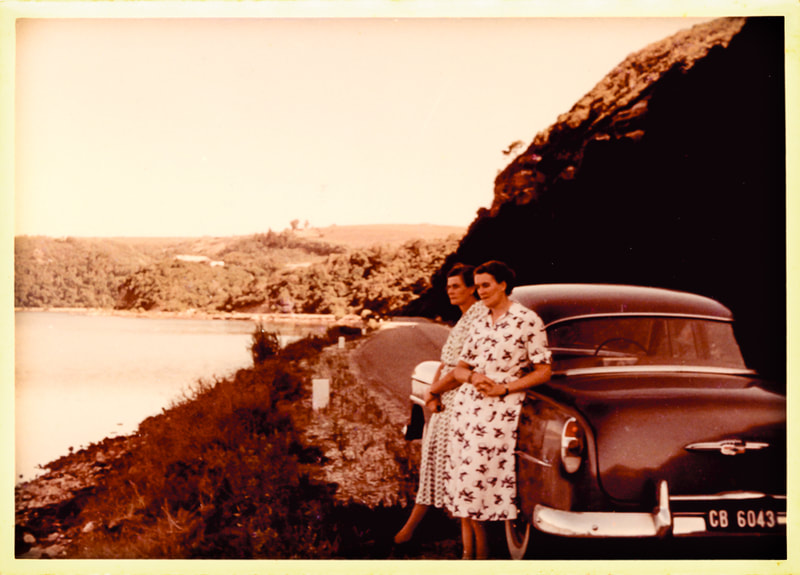
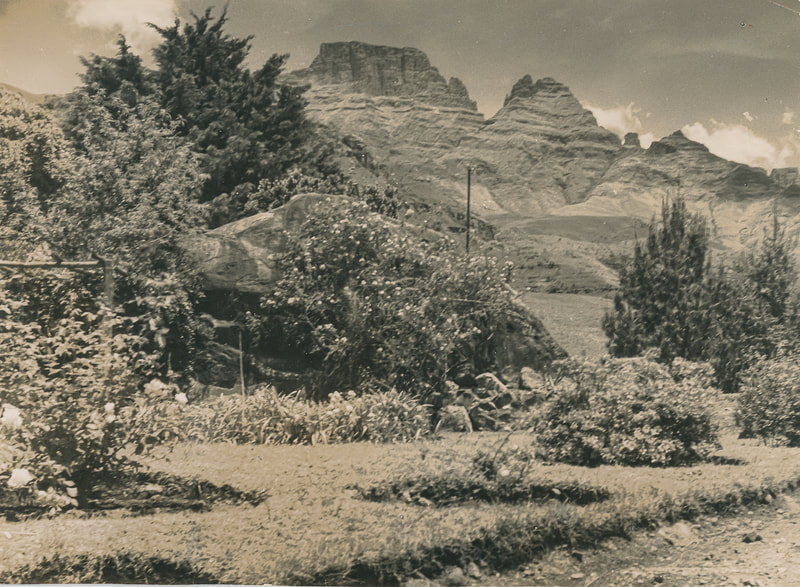
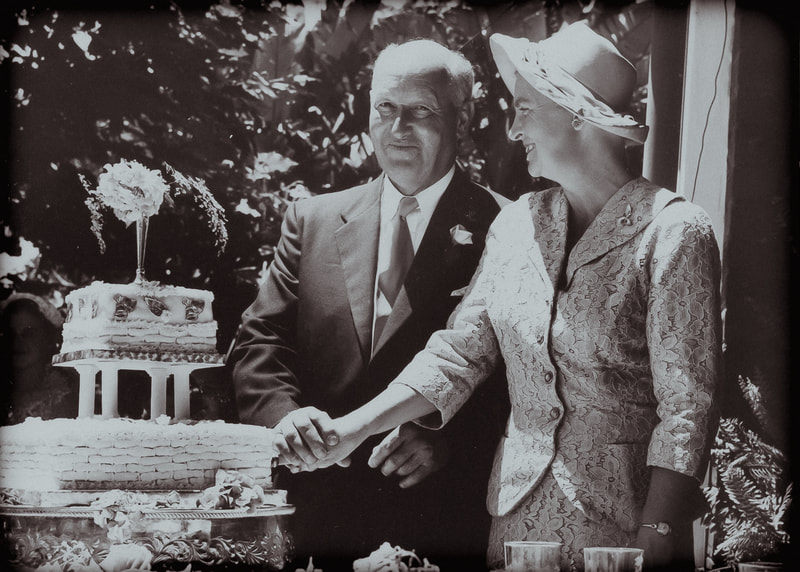
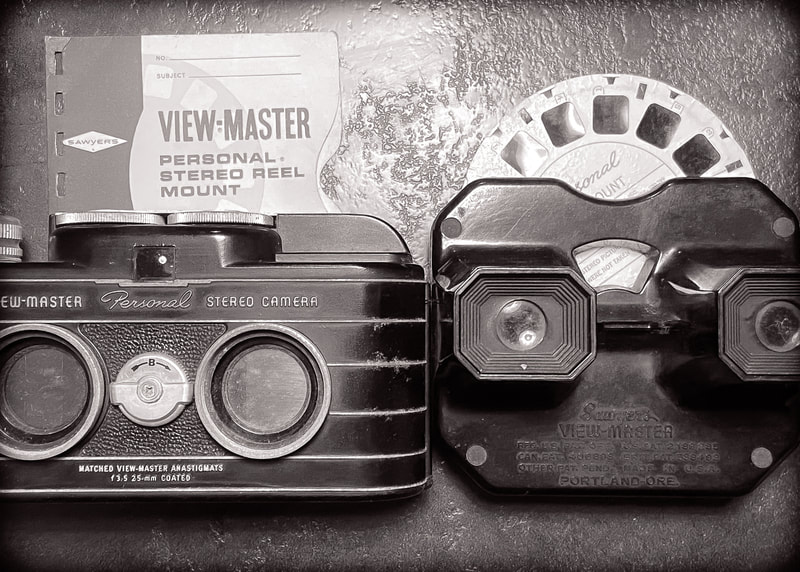
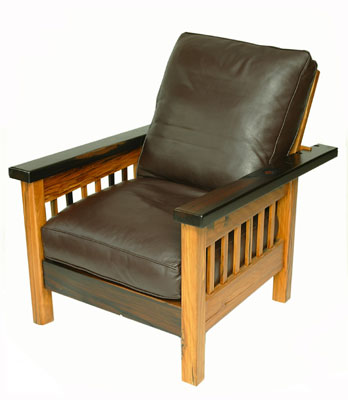
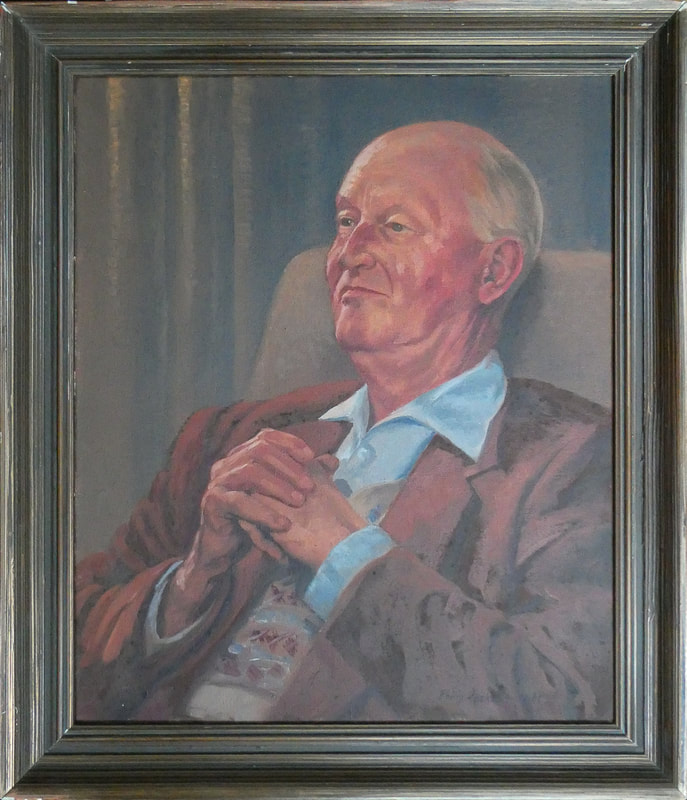
 RSS Feed
RSS Feed